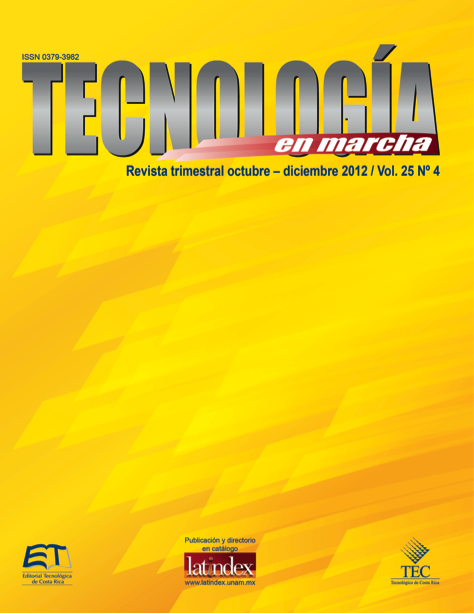Development of food crops by modern biotechnology techniques in Central America
Main Article Content
Abstract
In the last decade, the adoption of Genetically Modified Crops (GMC) has increased in stages worldwide. The worldwide total area planted with biotech crops reached 148 million hectares by 2010, also increasing the number of farmers around the world who decided to produce crops with this technology.
At the regional level there are different responses of government agencies by generating rules and regu- lations according to the reality of these countries. In Central America, countries with greater partici- pation in the development and cultivation of food biotechnology techniques are Guatemala (papa- ya), Honduras (beans and maize) and Costa Rica (cotton, soybean and pineapple), placing the latter two in the 29 countries with more GMO planting crops worldwide in 2010. Some of the countries of the region have implemented governance structures for the regulation through technical committees on Biosafety.
The most important characteristics in terms of trade continue to be those that confer herbicide tolerance or pest resistance. But notice the incur- sion of new products that contain changes in their content, which are emerging as an alternative with great perspectives in the region.
These experiences of culture and Biosafety regula- tion at the regional level could be a successful and progressive development of agricultural and food biotechnology in the near future.
Article Details
Los autores conservan los derechos de autor y ceden a la revista el derecho de la primera publicación y pueda editarlo, reproducirlo, distribuirlo, exhibirlo y comunicarlo en el país y en el extranjero mediante medios impresos y electrónicos. Asimismo, asumen el compromiso sobre cualquier litigio o reclamación relacionada con derechos de propiedad intelectual, exonerando de responsabilidad a la Editorial Tecnológica de Costa Rica. Además, se establece que los autores pueden realizar otros acuerdos contractuales independientes y adicionales para la distribución no exclusiva de la versión del artículo publicado en esta revista (p. ej., incluirlo en un repositorio institucional o publicarlo en un libro) siempre que indiquen claramente que el trabajo se publicó por primera vez en esta revista.

